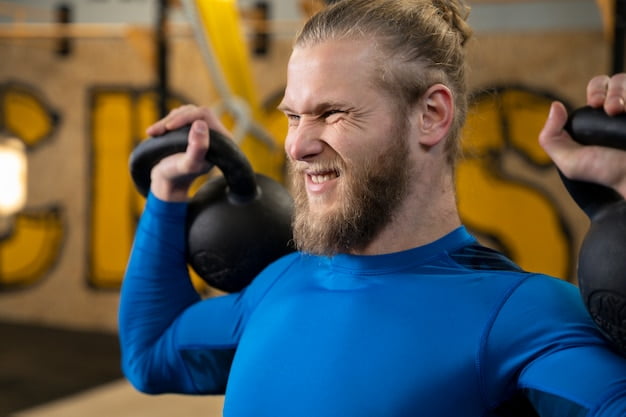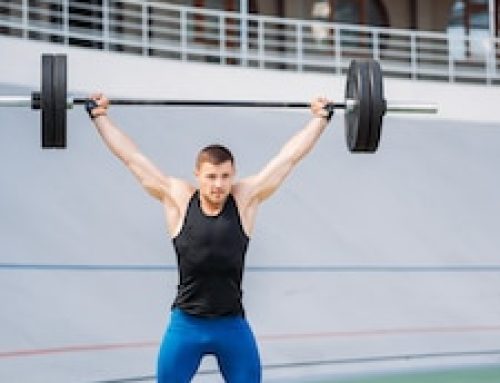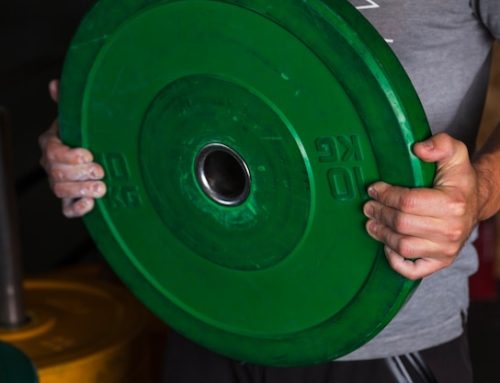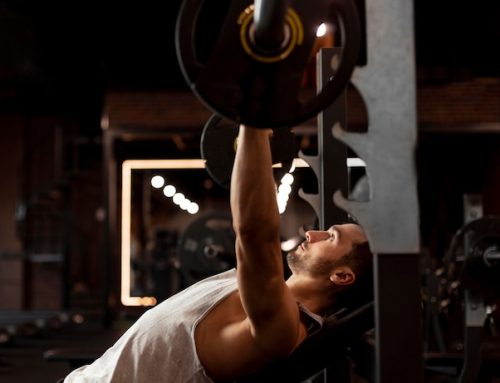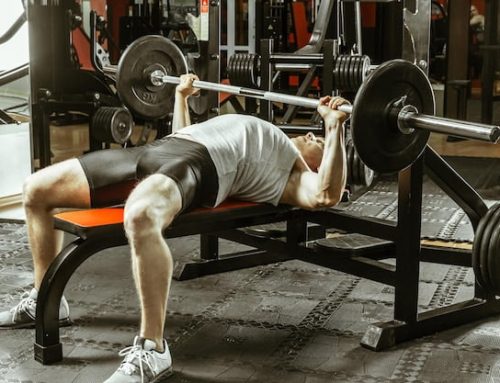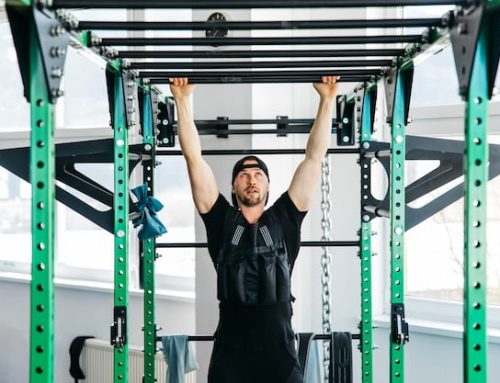Introduction
Weightlifting is a popular activity among those who seek to improve their physical fitness and appearance. However, there are often debates about the best way to achieve certain goals, such as building muscle mass or increasing strength. One topic that is often discussed is the optimal number of reps for different muscle groups. In this article, we’ll take a closer look at whether legs respond better to low or high reps.
The Science of Reps
Before we dive into the topic of legs specifically, it’s important to understand the science behind reps. When you lift a weight, you create micro-tears in your muscles. These tears are then repaired during the recovery period, which is when your muscles grow stronger and bigger. The number of reps you perform during a workout can impact how these micro-tears are distributed throughout your muscle fibers.
Low Reps
Low reps usually refer to a range of 1-5 reps per set. This type of lifting is often associated with improving strength and power rather than hypertrophy (muscle growth). When it comes to legs specifically, low reps can be beneficial for exercises such as squats and deadlifts. These exercises are compound movements that require a lot of energy and recruit many different muscle groups. By lifting heavy weights for low reps, you can train your legs to handle heavier loads and improve your overall strength.
| Exercise | Recommended Rep Range |
|---|---|
| Squats | 1-5 reps |
| Deadlifts | 1-5 reps |
High Reps
High reps typically refer to a range of 12-15 reps per set or more. This type of lifting is often associated with hypertrophy and increasing muscle size. When it comes to legs, high reps can be beneficial for exercises such as leg extensions, leg curls, and calf raises. These exercises isolate specific muscles in the legs and can be performed at a higher rep range to induce muscle growth.
| Exercise | Recommended Rep Range |
|---|---|
| Leg Extensions | 12-15 reps or more |
| Leg Curls | 12-15 reps or more |
| Calf Raises | 12-15 reps or more |
The Benefits of Both
While low reps and high reps have different effects on the body, both can be beneficial for overall leg development. By incorporating both low reps and high reps into your leg workouts, you can improve your strength and hypertrophy simultaneously. For example, you could perform heavy squats for 3-5 reps followed by leg extensions for 12-15 reps. This combination of heavy lifting and high rep isolation work can lead to well-rounded leg development.
Progressive Overload is Key
Regardless of the rep range you choose, the most important factor for muscle growth is progressive overload. Progressive overload refers to gradually increasing the weight or volume of your workouts over time. This means that if you want to see growth in your legs, you need to consistently challenge them with heavier weights or more reps. By gradually increasing the intensity of your workouts, you can induce the necessary micro-tears to stimulate muscle growth.
The Bottom Line
So, do legs respond better to low or high reps? The answer is that it depends on your goals and the specific exercise you’re performing. Compound exercises like squats and deadlifts benefit from low reps to improve overall strength, while isolation exercises like leg extensions and calf raises benefit from high reps to induce hypertrophy. Incorporating both low and high reps into your leg workouts can lead to well-rounded development, but the key to success is progressive overload. By consistently challenging your legs with heavier weights or more reps, you can stimulate muscle growth and achieve your fitness goals.
